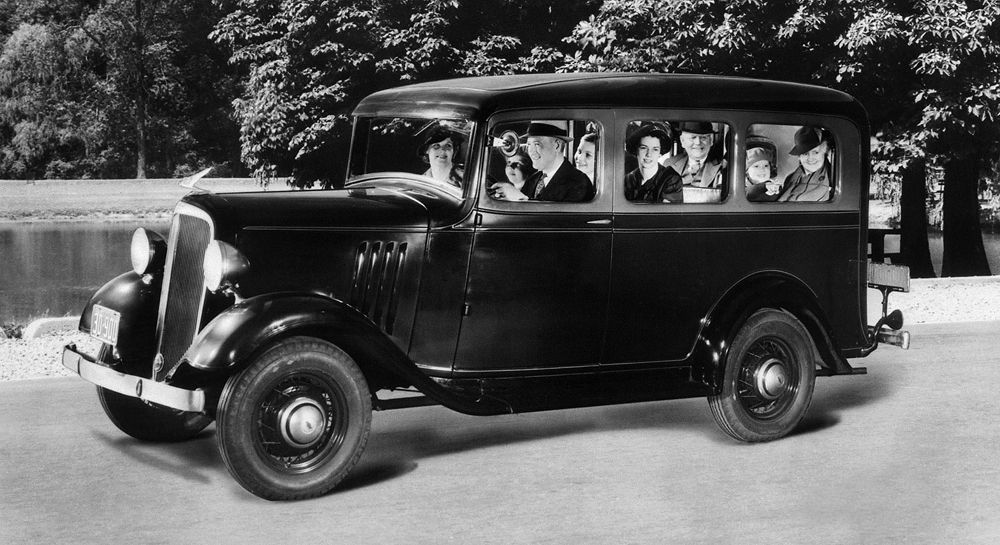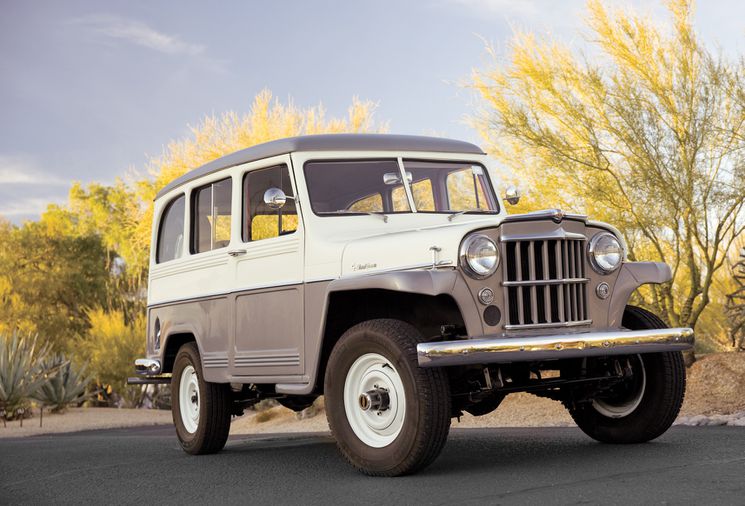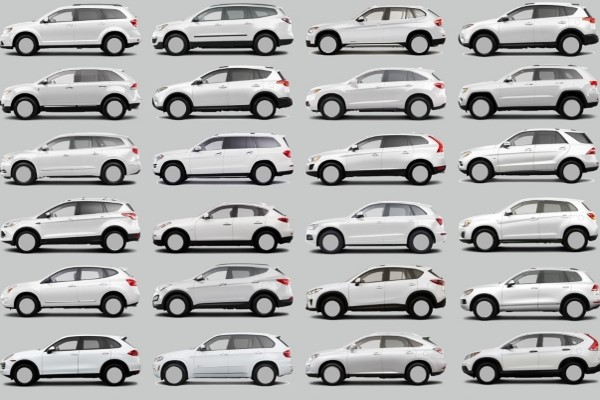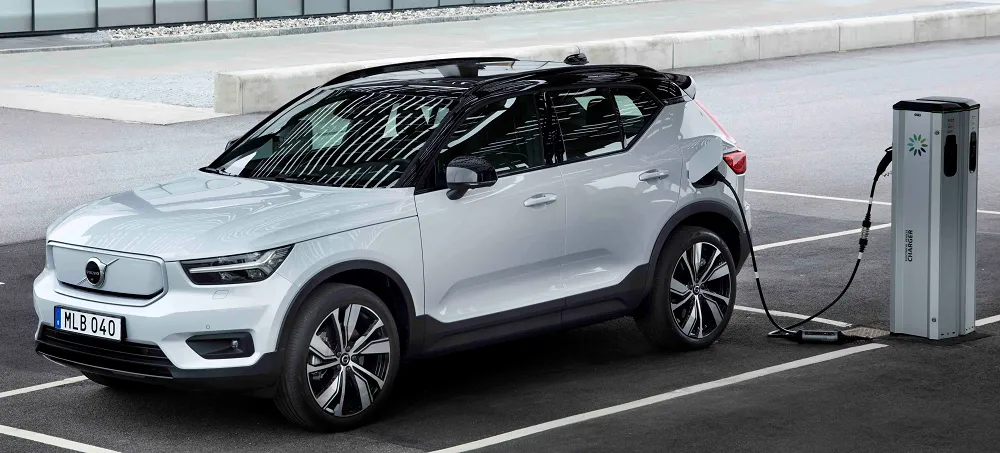I read a headline earlier this week that stated, “Electric Vehicles seen reaching sales supremacy by 2033, faster than expected”. It was followed by a subhead that explained, “Tougher regulations and rising interest are driving demand for zero-emission transportation.” Also, this week, I read that 10 of the world’s largest auto manufacturers had already announced that they would produce exclusively electric by 2035. Such announcements show that car manufacturers are stepping up to the zero-emissions challenge, and good for them!
But before we get too carried away, we need to remember that car manufacturers make their money by selling the type of vehicles that the public desires to drive. The public is the ultimate decision-maker regarding what types of cars are popular and which are not. Many of us are old enough to remember when the most dominant automobile configuration was the four-door sedan. It was the bread and butter car of most of the world; certainly, it was here in the U.S. But about three years ago, Ford Motor Company announced it would be getting out of the sedan business and dropping all of its sedan models altogether! What? How could anyone possibly do that?

Well, the answer is it was driven by customer demand. Customers had stopped purchasing sedans and moved over to SUV-type vehicles. Instead of offering three lines of sedans- small, medium, and large, now car companies offer, Crossovers, Mid-size SUVs, and Large SUVs.
Why? Because that is what people want today! And it is not as if the SUV was just invented five years ago. SUV-type vehicles were available after World War II from Willys, the manufacturer of the Jeep. Chevrolet has offered the Suburban since the 30s.
Nor does it really make a lot of sense for people to drive such large vehicles in a time when everyone realizes we should be burning less fuel rather than more fuel in larger cars!

I could offer up some reasons for the popularity of SUVs, like their higher ride height provides better visibility down the road, or the upright seating position is less challenging to older drivers than low-slung sedans. They are in today’s market also the only vehicles that have the versatility of the Station Wagons of days gone by, with their long roof and convenient behind-the-seat storage area. They may be big, upright, and thirsty, but they are like fortresses on wheels and can be very comfortable. People value those properties. That’s why they are the dominant body style in today’s market. Perhaps they offer customers some comfort because, in profile, they all look strikingly similar.

So it should be recognized that it is ultimately the customer who will determine the success of a car company and its product offerings, not the company’s management.
Up to this very day, the only car company that really owes its success to customers who absolutely had to have a battery-electric car is Tesla! No other car company lives or dies by people’s desire for electric cars.
Today, many car companies offer a few battery electric vehicles, and many offer hybrids that combine an electric motor in combination with a gasoline or diesel engine to extend the range and offer some peace of mind. But the market share for these vehicles is still well below 5% of new vehicles sold.
Will Customer Demand For Evs Grow Quick Enough To Outpace Production?
Who is going to buy all these new electrical vehicles as they come to the market? Today, because of the cost of their batteries and their new technologies, they carry a significant price premium over their internal combustion engine counterparts.
How likely is it that the public can and will pay the premium to move up to an EV? Or, might they postpone their purchase for a while? Or even battle to get the very last of the internal combustion engine cars still in production. Time will tell.

And what about charging all of those electric vehicles? Well, we have all read about the new high-speed DC charging stations being constructed around the country. Do you know where there is one in your neighborhood? You can always have a Level 2 Charger installed in your own home, now for roughly $1000 -if you have a home with either a garage or a parking space close enough to it to reach with an extension cord. But, what if you live in an apartment building in a city with no access to electricity? What if people park on the street where you live? And, even if you do live in the suburbs, and own a home with a garage, will the neighborhood grid be able to support the surprisingly rapid increase in EVs in your area? I don’t know!
Perhaps you should ask your electric company. And while you are speaking to them, you might ask them if the electrical load during this heatwave is approaching the limit of their maximum load? If it is, imagine what it would be like if everyone needed to recharge their cars on top of the demand for home air conditioning!
The automobile industry has dealt with many changes in its roughly 130-year history. It has innovated, adapted, reacted, and always managed to figure out a way to move forward and survive. But, if you want to see a much longer list of car companies that exist today, look at the list of car companies that have gone out of business! It is many, many times longer.

I salute the car companies today for making a serious and well-thought-out commitment to producing electric-powered vehicles exclusively and in a time frame that is quicker than anyone anticipated. I certainly hope that they will be supported by the people who operate and maintain the electrical infrastructure in their markets.
I also hope that they invest in a comprehensive and efficient recycling system for the used battery inventory generated over time. You cannot plan for this after the fact! It must be part of the original plan, or we will all be waist-deep in used batteries, and they will be the next threat to our environment.
As you enjoy this 4th of July holiday and the personal freedom your automobile allows you, keep an eye open for the nearest electric recharging station because, in the not too distant future, you are going to be needing one. Drive safely.









